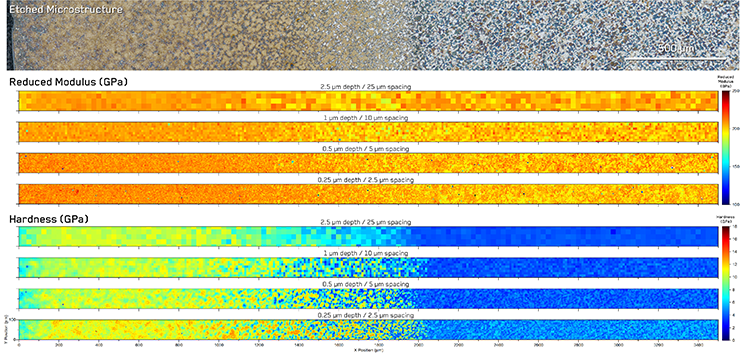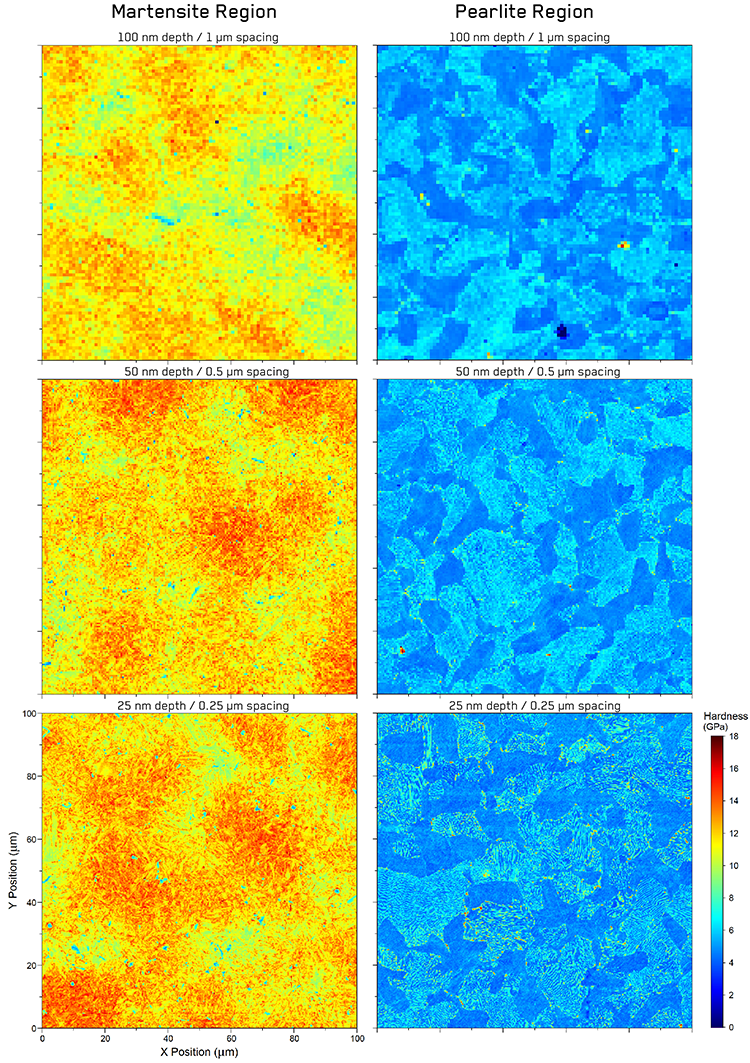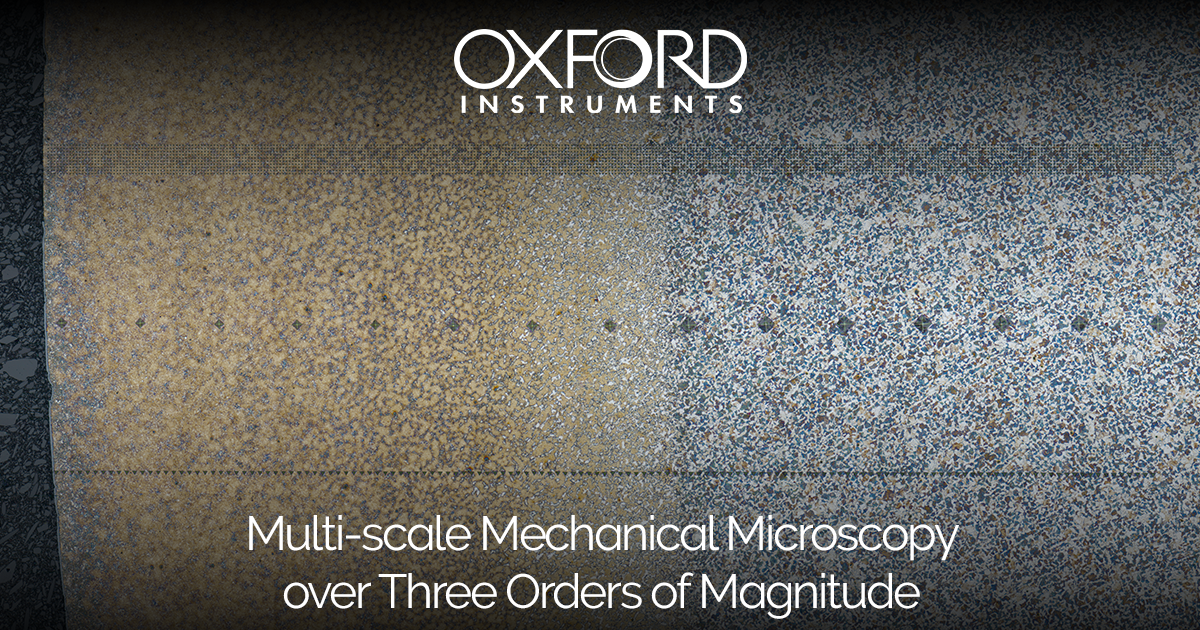Products
DEPOSITION TOOLSPlasma Enhanced Chemical Vapour Deposition (PECVD)Inductively Coupled Plasma Chemical Vapour Deposition (ICPCVD)Atomic Layer Deposition (ALD)Ion Beam Deposition (IBD)ETCH TOOLSInductively Coupled Plasma Etching (ICP RIE)Reactive Ion Etching (RIE)Deep Silicon Etching (DSiE)Atomic Layer Etching (ALE)Ion Beam Etching (IBE)
Learning


 Figure 1. Meso-scale hardness and reduced modulus variation over case-hardened C45 steel in cross-section – Optical micrograph showing the etched microstructure and indentation maps performed at 4 different indentation depths/spacings. As the indentation size is decreased, the resolution increases, revealing additional microstructure features.
Figure 1. Meso-scale hardness and reduced modulus variation over case-hardened C45 steel in cross-section – Optical micrograph showing the etched microstructure and indentation maps performed at 4 different indentation depths/spacings. As the indentation size is decreased, the resolution increases, revealing additional microstructure features. Figure 2. Micro-scale hardness maps acquired in the Martensite and Pearlite regions of the sample at three different depth/spacing increments.
Figure 2. Micro-scale hardness maps acquired in the Martensite and Pearlite regions of the sample at three different depth/spacing increments.